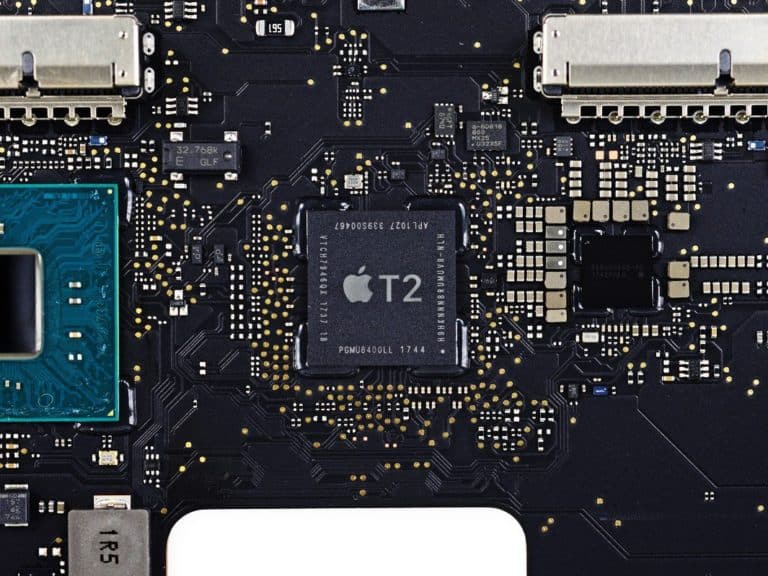Analysts think that the 2020-21 semiconductor shortage could run well into next year and affect smartphone manufacturers next.
During an Automotive Press Association event in Detroit, the CEO of Stellantis (world’s no. 4 auto manufacturer), Carlos Tavares, said that the semiconductor crisis will drag into 2022. He cited the fact that additional production from Asian chipmakers would take a while to reach the West.
The global chip shortage comes when demand for cars has gone up due to measures implemented by governments to encourage economic recovery.
The predictions
Automakers are dealing with the shortage by shutting down production altogether, removing features that need some specific chips in some models, and in other cases, building the autos and parking them until chips can become available to complete them.
Stellantis is not the only automaker predicting the shortage will drag into ’22, Daimler is too. Daimler CFO Harald Wilhelm said that the shortage will continue to 2022 but will be less severe then.
Even Autoliv, the world’s largest manufacturer of seat belts and airbags, confirmed that we have not felt the last tremors of this shortage.
The solution may simply be time
It seems that even with ASML providing more lithography equipment to help companies ramping up production, the chip shortage will continue until it stops. That may seem like a vague timeline but the problem is not money or equipment.
The stakeholders affected can and are planning more chip factories to ramp up production. The problem now has to do with the fact that redesigning things to fit new types of chips and setting up production is incredibly complex and takes a lot of time.
It seems that the world is doomed to wait for as long as it has to while chipmakers do their best to adapt.
